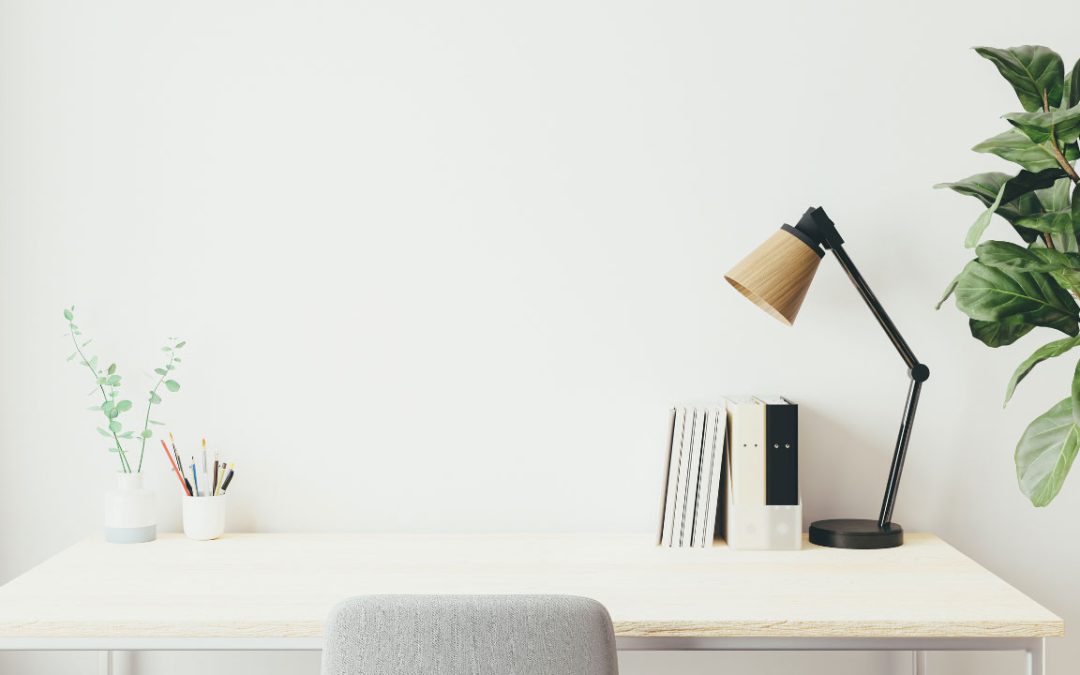In the heart of our bustling urban environments, integrating green spaces into corporate settings through strategic office plant design is becoming an essential trend, not just for aesthetic enhancement but for the well-being of employees and the surrounding community. This approach, known as biophilic design, aims to bring the calming and restorative effects of the natural environment into indoor environments, especially in cities where contact with nature is limited.
In this comprehensive guide, we’ll delve into the numerous benefits of incorporating green spaces and indoor plants into office layouts and how they contribute to a healthier, more productive workplace.
Elevating Office Aesthetics and Functionality Through Green Design
Incorporating green spaces into office design not only elevates the aesthetic appeal but also enhances the functionality of workspaces. By blending natural elements with modern office designs, businesses can create spaces that are not only visually stimulating but also conducive to higher levels of employee engagement and satisfaction.
Creating a Connection with Nature in Urban Spaces
In densely populated urban environments, the opportunity for direct interaction with natural environments is often limited. Office plant design serves as a bridge, bringing the serenity and beauty of nature into indoor spaces. This connection is vital, as it transforms mundane office environments into spaces that encourage creativity and relaxation, counteracting the pressures of the urban landscape.
The Essence of Office Plant Design in Modern Workspaces
Office plant design transcends traditional decoration, offering a multitude of environmental, mental, and economic benefits. By introducing indoor plants and green spaces into corporate and commercial spaces, businesses can create a more natural, restorative environment that mirrors the ecological functions found in outdoor environments.
- Environmental Benefits: Green infrastructure within office spaces significantly improves air quality by reducing levels of harmful organic compounds and enhancing the overall environmental conditions. This not only contributes to the ecological health of urban areas like Washington, DC but also reduces energy costs and consumption by moderating the indoor climate.
- Mental Health and Cognitive Functions: The presence of green spaces and natural light in indoor environments has been shown to improve mental health and enhance cognitive functions. Contact with nature, even in small doses, can lead to better concentration, lower measures of stress, and increased productivity among office workers.
- Physical Health and Activity: Integrating nature into the office layout encourages physical activity and interactions with nature. This can range from taking short breaks to engage with indoor plants to designing office layouts that incorporate views to nature and promote movement, thereby supporting the physical health of employees.
- Economic and Energy Benefits: Beyond improving quality of life, integrating green technologies and natural elements can lead to substantial economic benefits. From reducing energy consumption through natural cooling and heating to enhancing employee performance, the potential benefits to businesses are considerable.
- Restorative and Social Environments: Green spaces in office design create restorative environments that foster social interactions and reduce physiological responses to stress. This, in turn, improves workplace satisfaction and contributes to a more harmonious office atmosphere.
Best Practices for Incorporating Green Spaces in Office Design
The incorporation of green spaces into office design is more than a trend; it’s a transformative approach that marries the art of design with the science of well-being. Utilizing biophilic design principles not only enriches the aesthetic value of a corporate environment but also promotes a healthier, more engaging workplace.
1. Maximize Natural Light
Natural light is a critical component in any biophilic office design. When planning office spaces, position workstations, communal areas, and relaxation zones where they can receive ample sunlight throughout the day. Natural light not only helps plants thrive but also significantly enhances the well-being and productivity of employees.
It can reduce energy costs associated with artificial lighting and create a more inviting office atmosphere. Consider using reflective surfaces and transparent materials to spread light more evenly throughout the office space.
2. Choose Suitable Indoor Plants
The selection of indoor plants should be strategic, focusing on species that flourish in indoor environments while purifying the air and adding to the visual appeal of the space. Research plants like peace lilies, spider plants, and philodendrons, known for their air-cleaning properties and low maintenance requirements.
Assess the environmental conditions of your office, such as light levels, humidity, and temperature, to ensure the chosen plants can thrive. Grouping various types of plants can also enhance the aesthetic appeal and environmental benefits.
3. Incorporate Varied Green Infrastructures
Diversifying green elements within the office can create a dynamic and engaging workspace. Consider integrating vertical gardens to transform bare walls into living art pieces, or introducing nature-inspired street furniture for a unique and inviting office layout.
Incorporating elements like moss walls or water features can also enhance the connection with nature. These varied green infrastructures not only elevate the visual aspect of the office but also contribute to improved air quality and reduced noise levels.
4. Design for Interaction
Encourage daily interactions with nature by creating designated green spaces within the office layout. Communal green areas, such as indoor gardens or atriums, provide a space for employees to relax and rejuvenate.
Pathways lined with plants or small indoor courtyards can transform mundane walks to meetings into refreshing breaks. Designing office spaces that promote interaction with nature can lead to increased creativity, lower stress levels, and a stronger sense of community among employees.
5. Consider Life Cycles and Maintenance
When introducing plants and green infrastructures into office design, it’s essential to consider their life cycles and the maintenance they will require. Opt for sustainable solutions that offer long-term benefits without imposing significant upkeep burdens.
Employing a professional plant maintenance service for the care of green spaces can ensure they remain vibrant and healthy. Additionally, choose materials and plants that are durable and adaptable to changes in environmental conditions to guarantee the longevity of your green office design.
Bring Nature Into the Workplace with Mr. PlantSoCal
At Mr. PlantSoCal, we specialize in transforming office spaces through thoughtful interior plant design and green space integration. Our expert team is dedicated to bringing the benefits of the natural environment into your corporate setting, enhancing the well-being and productivity of your employees. Reach out to us today to explore how we can help you create a healthier, greener, and more dynamic office environment.
Ready to integrate green spaces into your office? Contact Mr. PlantSoCal for expert office plant design services and transform your workspace today.


